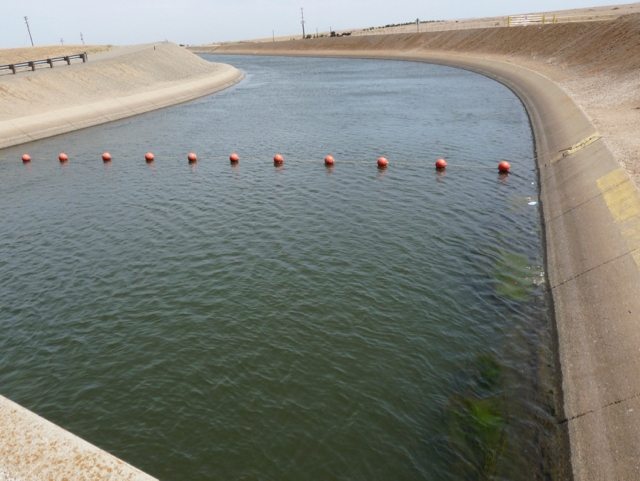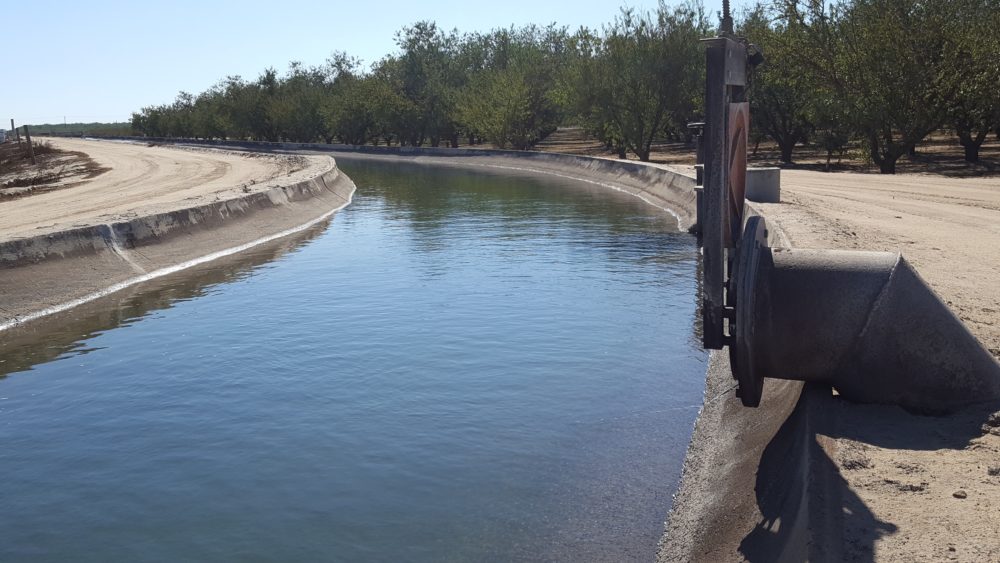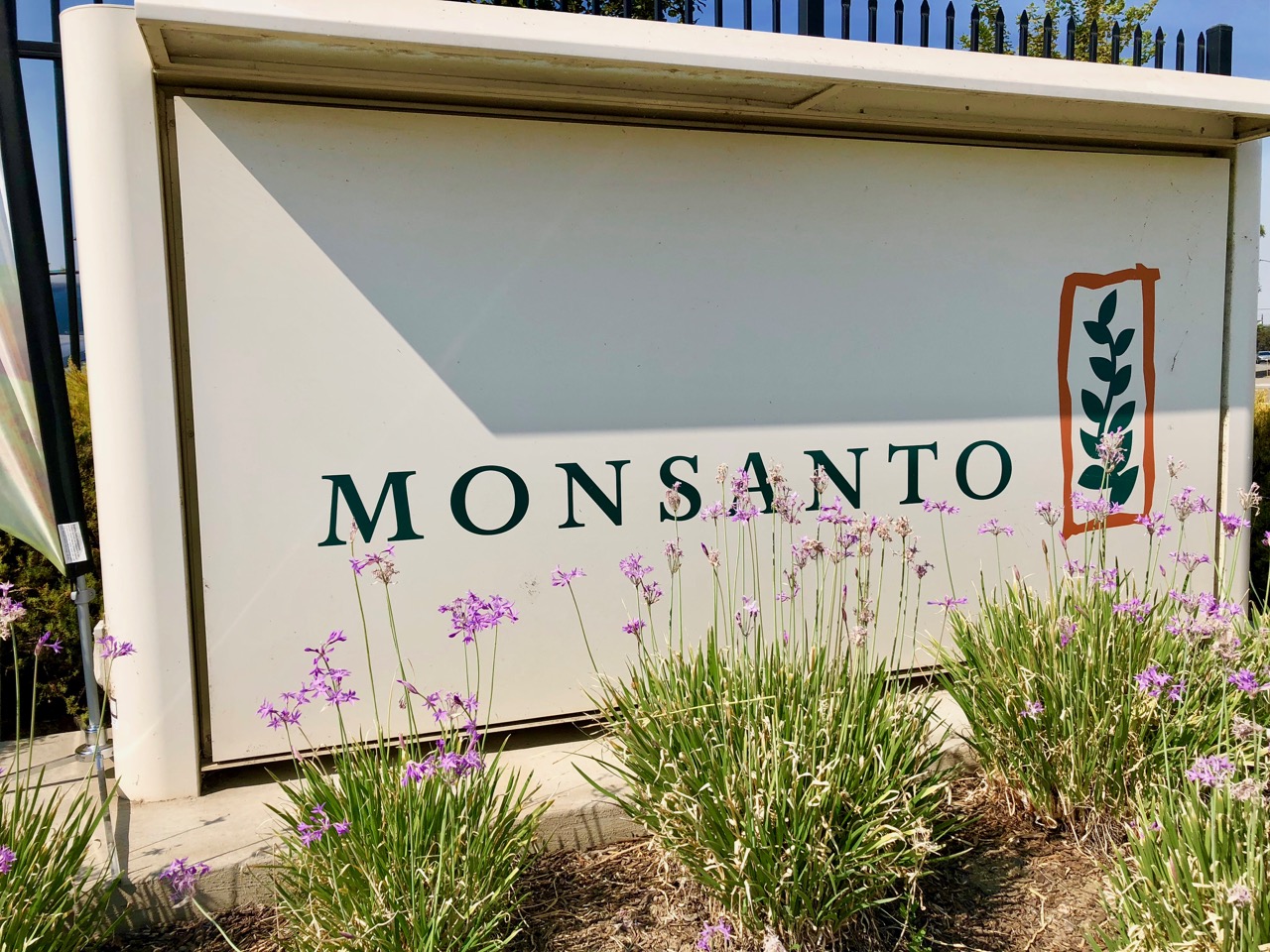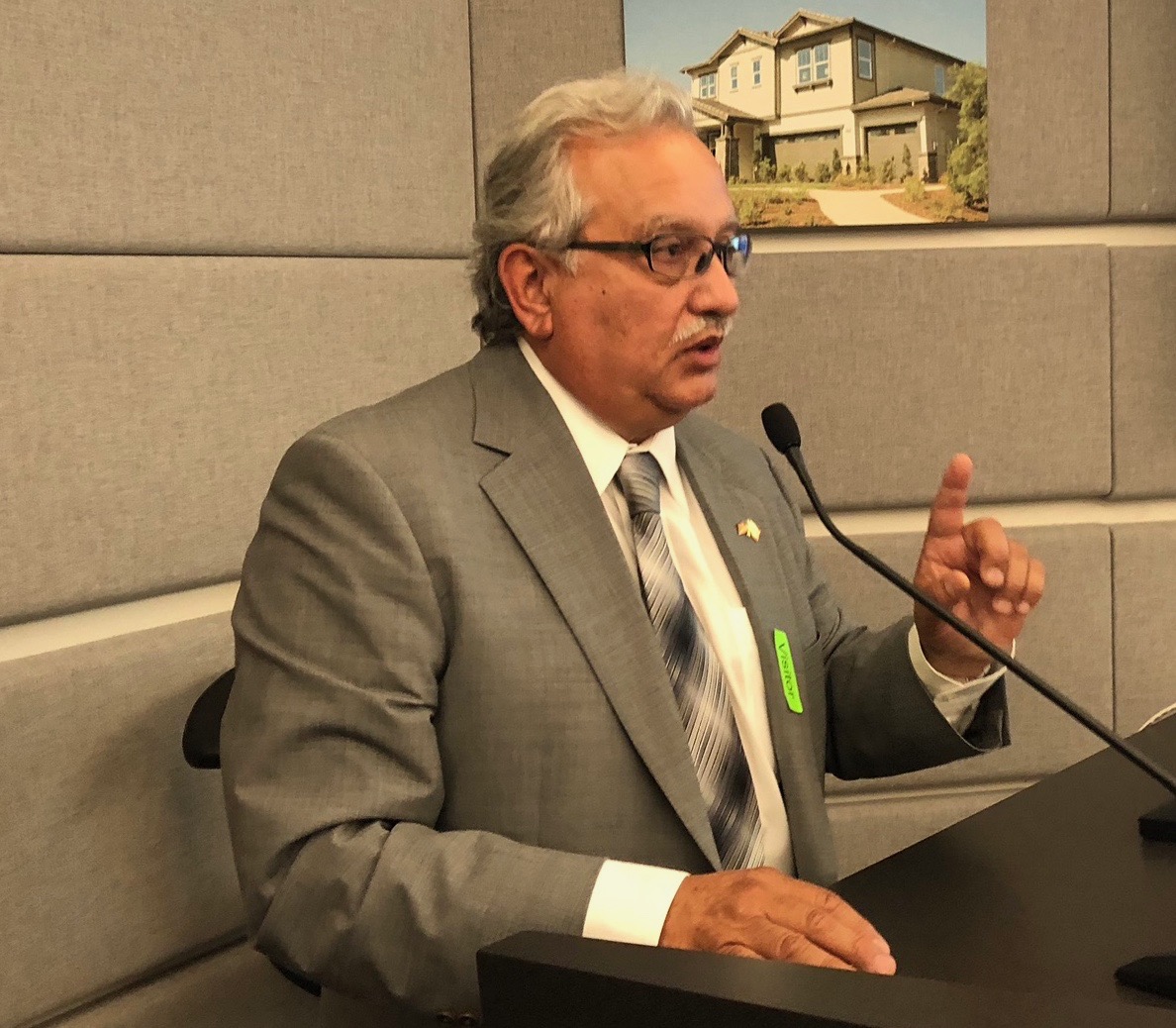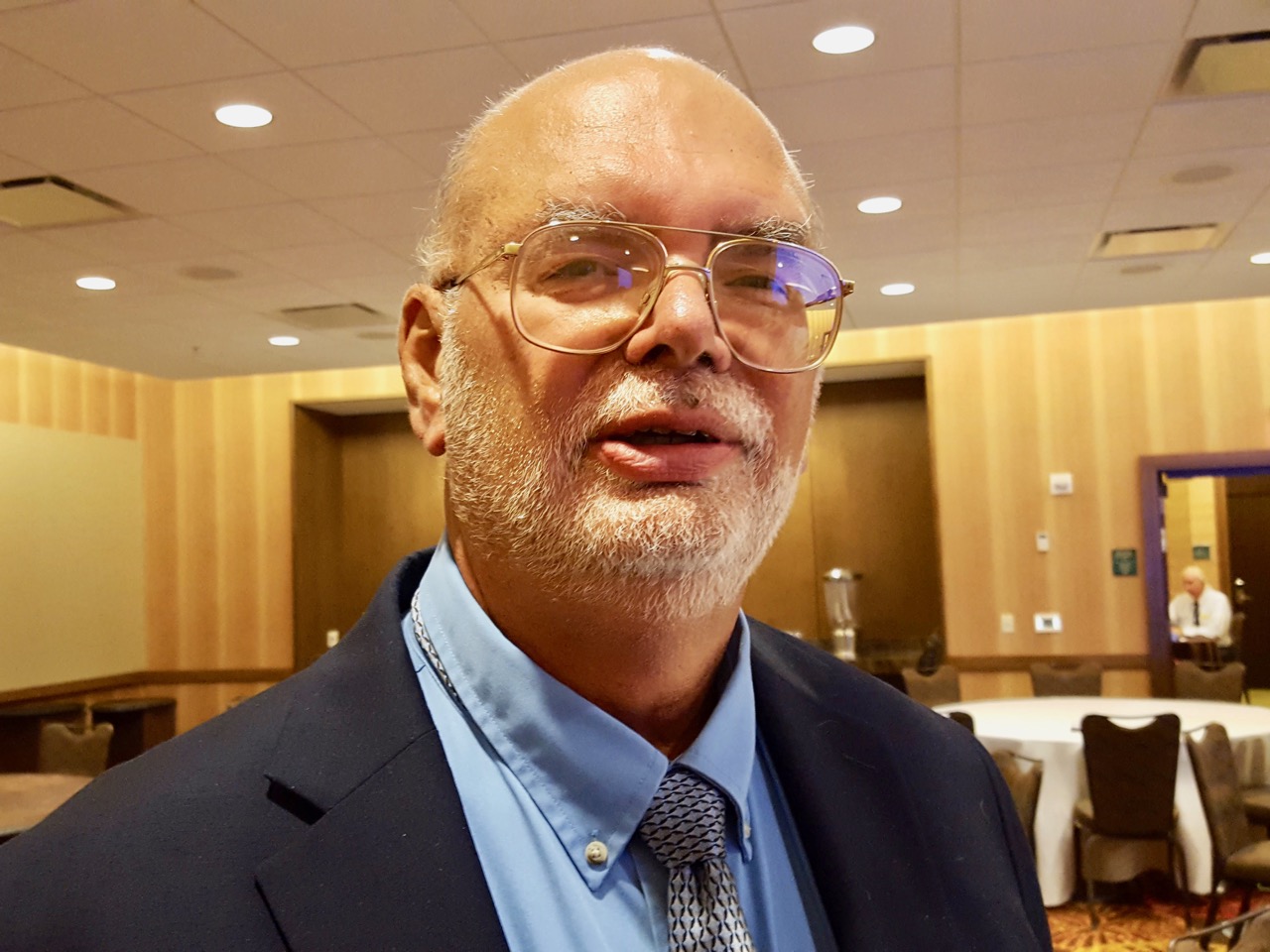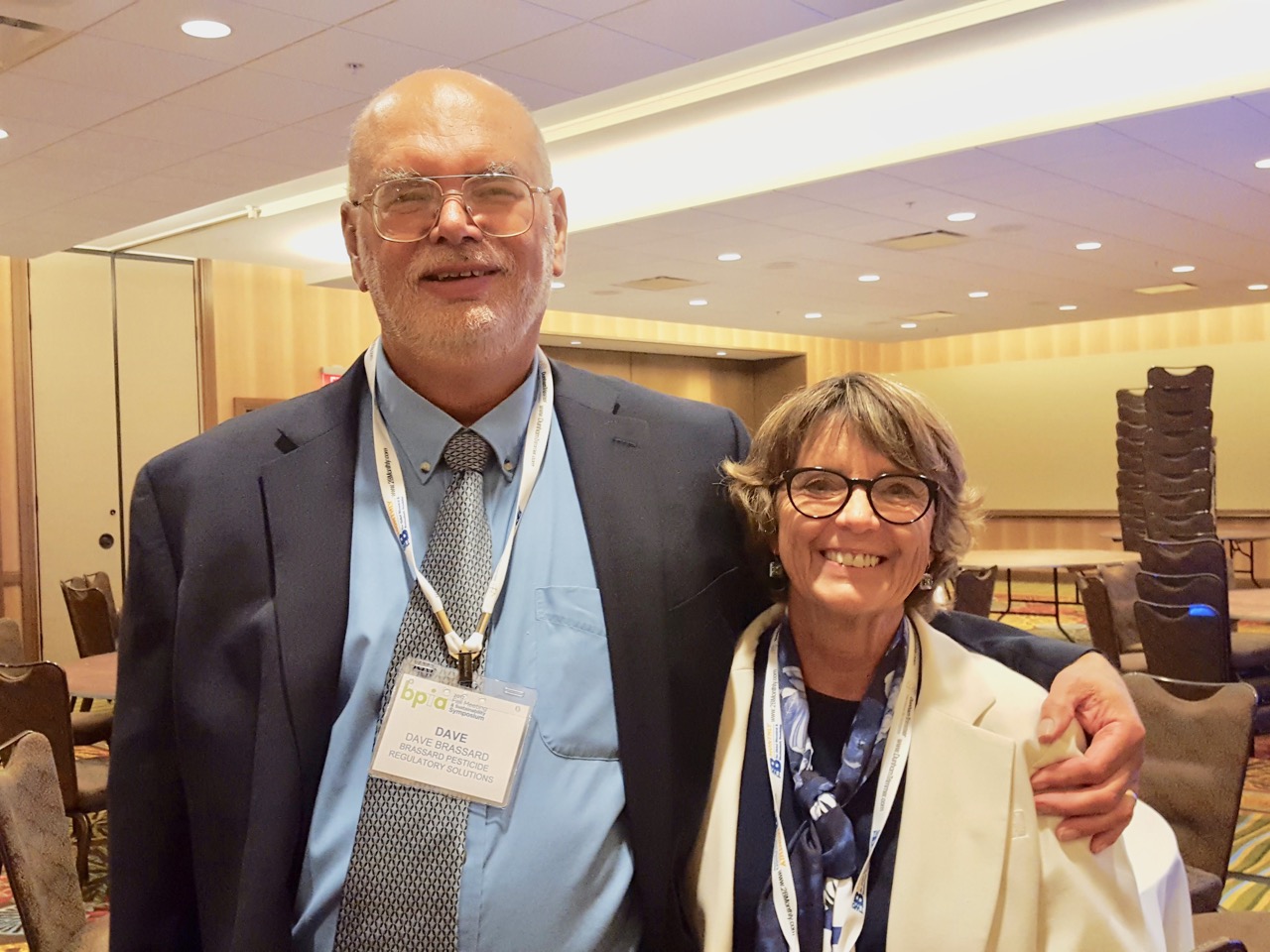PLF Sues EPA Over Continued WOTUS Ruling
EPA Sued for Relying on Illegal Rules Following WOTUS Repeal
Albuquerque, New Mexico; October 22, 2019: A lawsuit filed today on behalf of the New Mexico Cattle Growers’ Association challenges the Trump Administration’s decision to rely on old, unconstitutional rules in the wake of the 2015 Waters of the United States rule’s repeal.
Last month, the Environmental Protection Agency announced the repeal of thecontroversial 2015 Waters of the United States rule. The 2015 rule was the subject to numerous lawsuits, and five federal courts found that the 2015 rule was illegal.However, the EPA
Represented by Pacific Legal Foundation, the New Mexico Cattle Growers’ Association is
“The old rules that EPA is using now have been ruled unconstitutional by the Supreme Court,” said PLF Senior Attorney Tony Francois. “While it is good that EPA is repealing the 2015 rule, the older rules the agency is now enforcing have many of the same legal defects. The problem here is that for decades, not just since 2015, EPA has sought to use its Clean Water Act authority over navigable lakes and rivers to regulate puddles and dry arroyos on private property all over the country. This is the trend that has to be turned back.”
PLF has represented numerous people who were unfairly prosecuted under the rules on which EPA will now rely, including Andy Johnson, whose case President Trump discussed when he ordered the EPA to review the WOTUS rule in 2017.


